clarity and unpredictable adjacencies:
BAU119 Jinqiao Sports & Leisure Centre
Pudong New District, Shanghai City, China
Discipline
Architecture, Landscape ArchitectureTypology
Retail, Sports, Mixed-use, HospitalityCity
Pudong New District, Shanghai City, ChinaDate
2001-2004Status
CompletedClient
Shanghai Jinqiao Export Processing Zone Development Co. Ltd.Program
Indoor swimming centre, spa centre, sports hall, fitness centre, cinemas, six restaurant-bars, twenty-five retail/service outlets, sports supermarket, tennis club, and soccer groundJinqiao is an instant city in Pudong, Shanghai. It has followed the ubiquitous super-sized planning formula to achieve the goals of clarity, predictability, greenness, cleanness, separation, privacy, super-scale and spaciousness. However, in order to continue attracting foreign corporations to the district the local government has had to address one of the harsh consequences of their urban ideal: social unsustainability.
In 2001 the authority set out to create a building which would reduce the residents’ isolation and boredom. An architecture competition was hence held. The competition brief, however, described an introverted shopping mall with food court; the building typology and functional mix would surely fail. Not only would the building fail to create a social escape for the residents, but, without a large anchor store, it would be economically unsustainable.
Could an injection into the brief of hospitality and sports programs, combined with a new building typology, save the project from failure? Could it be everything that suburbia is not: unpredictable, dense, diverse, dynamic, open and public? If the mall archetype, a galleria with shops on either side, was split down the middle, a new typology could be formed. The new planning arrangement would create many connections between inside and outside space and activity. The building would be sunlit and have more chance of establishing itself as a public realm, without losing the intensity and potential created by its large scale.
By introducing a range of new programs and by situating these programs in a networks organisation, a clear but unpredictable set of adjacencies and intensities could be initiated. The proposal organises the building and landscape into three networks of continuous program: politics, culture, and economics. The network of politics accommodates places of personal politics and social interaction, whilst the network of culture accommodates places for the culture of the body, particularly in the form of sports activities. The network of economics houses places for the exchange of goods and services. The networks organization provides continuity and clarity whilst allowing the flexibility for individual functions to come and go.
Each program is spread across the site rather than being gathered in one place and each permeates all others. All programs are placed adjacent to dissimilar programs: shopping is next to sports and next to hospitality programs. Hybrids of programs exist throughout the site, giving freedom and opportunity for one or other of the particular programs to dominate.
Most programs are physically or visually exposed to an internal street which connects the northern end of the site to the southern end. This 240m long street changes in shape and volume and accommodates programs at both entrances. It provides a saturated experience of continuous programs that include: glass-walled swimming pools, external playgrounds, bars, retail outlets, plazas, restaurants, a sports supermarket, a water landscape with sun bathing deck, a delicatessen, free weights rooms, sports lawns, a glass walled massage centre, conference spaces, cafes, cardio exercise rooms, and a trial sports equipment ground. Bridging-ramps act as the building’s main vertical circulation and are exposed to view.
A continuous skin wraps the building, twisting, sliding, tapering, compressing, stretching, folding, and thickening to respond to program and solar orientation. It morphs from being wall, to eaves, to roof, to pergola, to screen, to floor, to canopy, to colonnade. Six pavilions attach themselves to the main building. Each sits within the politics network and is either a cafe, bar or restaurant. Each is influenced by its adjacent program in the landscape, as yet not built. Each is independent in access and formal expression, free to evolve independently of the other pavilions and of the large building.
The client, who was remarkably open minded and willing to radically rewrite the functional brief of the building, was not as progressive with the landscape design. He opted for the modernist planning dream of green-everywhere, even naming the project The Green Leisure Centre. The proposed fine-grained active-landscape programs were replaced with a soccer field and lawns. However, the potential remains to introduce programmed landscapes, particularly between the pavilions where they adjoin the galleria.
The project was completed with characteristic haste and unpredictability. At one stage the project was cancelled. Five weeks later we received a revised brief and were given three months to redesign and document the project. The brief remained fluid until the end.Three cinemas were reintroduced to the project in the final week of documentation, extending the project design schedule by only seven days. A day before piling was to commence the client requested the building be moved 14m further to the north; piling was hence delayed, but, by only 24 hours.
In 2006 the district of Jinqiao launched a program to create places with social programs, particularly small-scale hospitality programs where foreigners can let down their hair, and particularly within the residential areas. Unfortunately this has come almost too late as the FAR (floor area ratio) allowances for the district have already been filled to their maximum, and rezoning of residential land is difficult in any country. The local authority has therefore been forced to classify most of the new buildings as temporary structures, and build them on electrical, road and storm-water easements.
- Infrastructure
- Public
- Residential
- Healthcare
- Education
- Culture
- Office
- Retail
- Hotel
- Hospitality
- Mixed Use
- Sports
- Planning
- Urban Design
- Public Landscapes
- Private Landscapes
- Playgrounds
- Structures & Pavillions
- Residential
- Healthcare
- Education
- Culture
- Office
- Retail
- Hotel
- Hospitality
- 2021
- 2020
- 2019
- 2018
- 2017
- 2016
- 2015
- 2014
- 2013
- 2012
- 2011
- 2005-2010
- 2000-2005
- 1990-2000



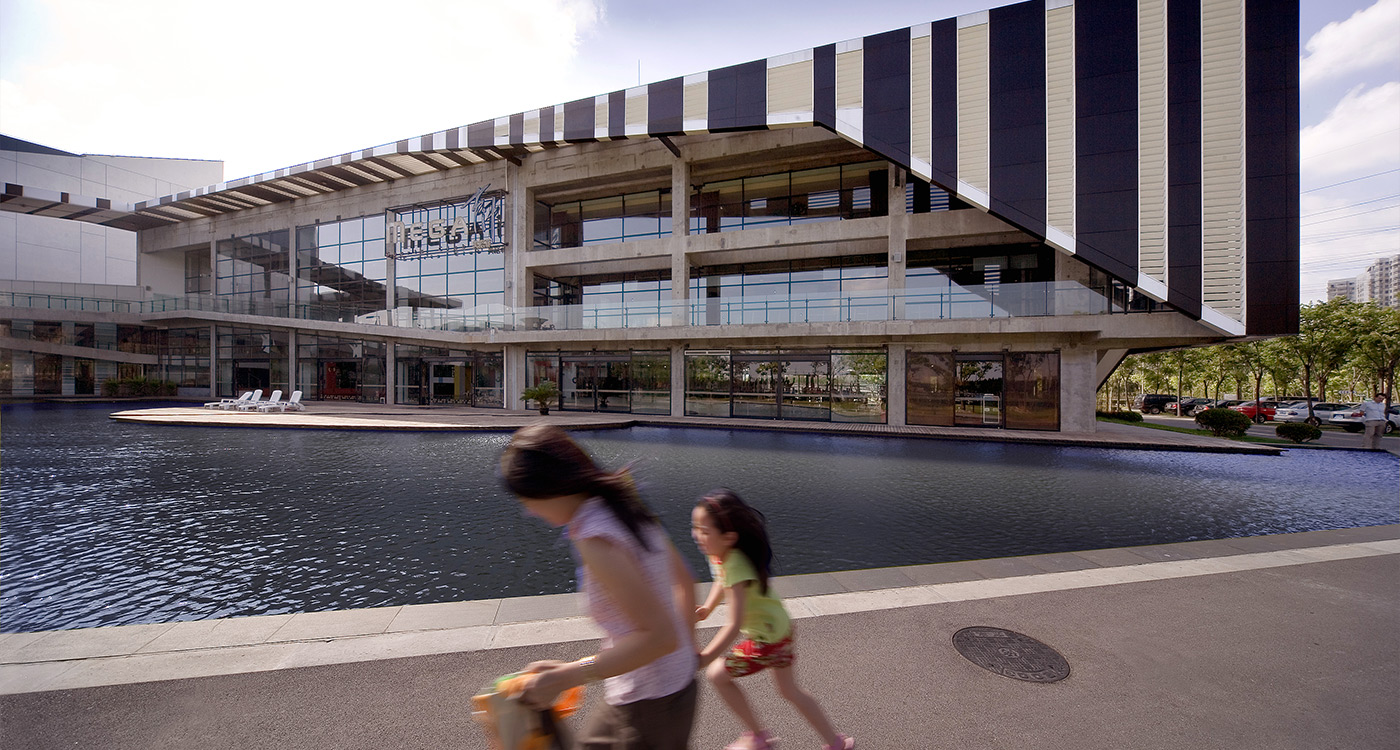

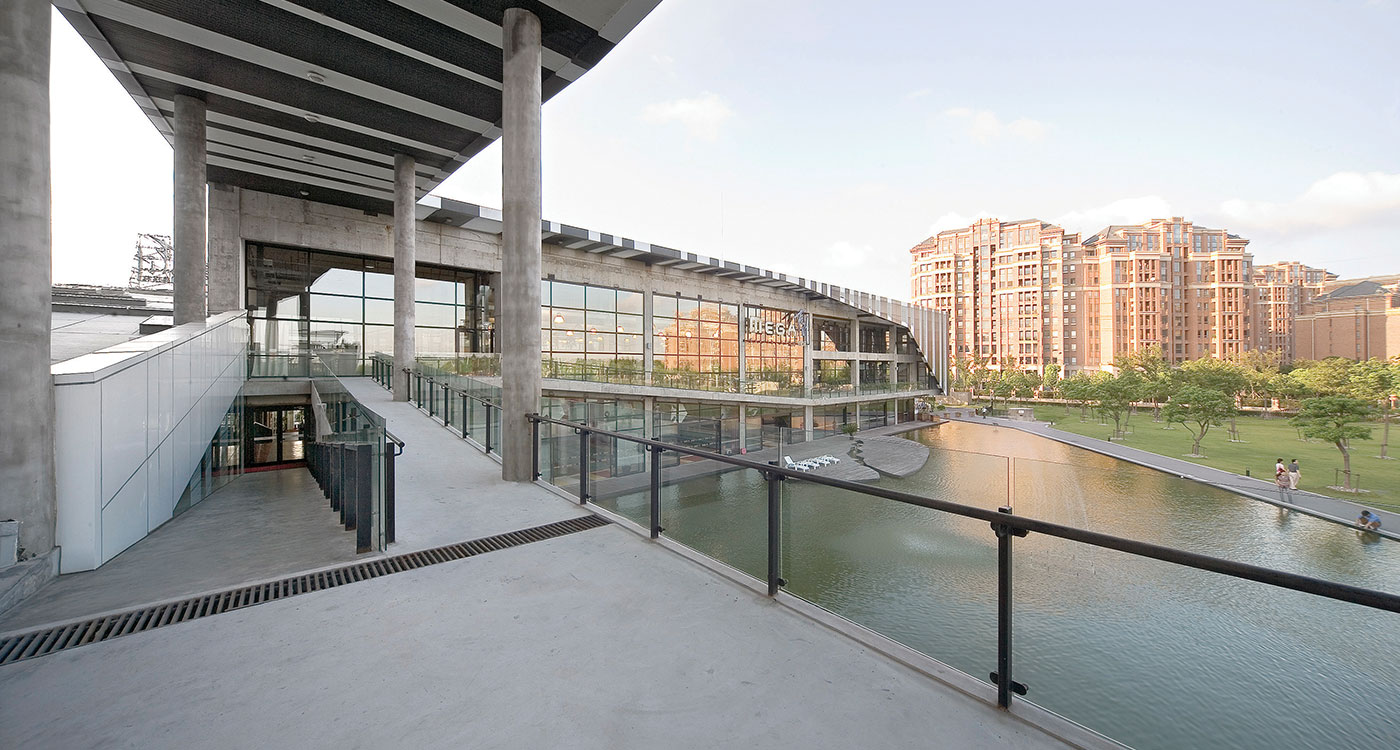






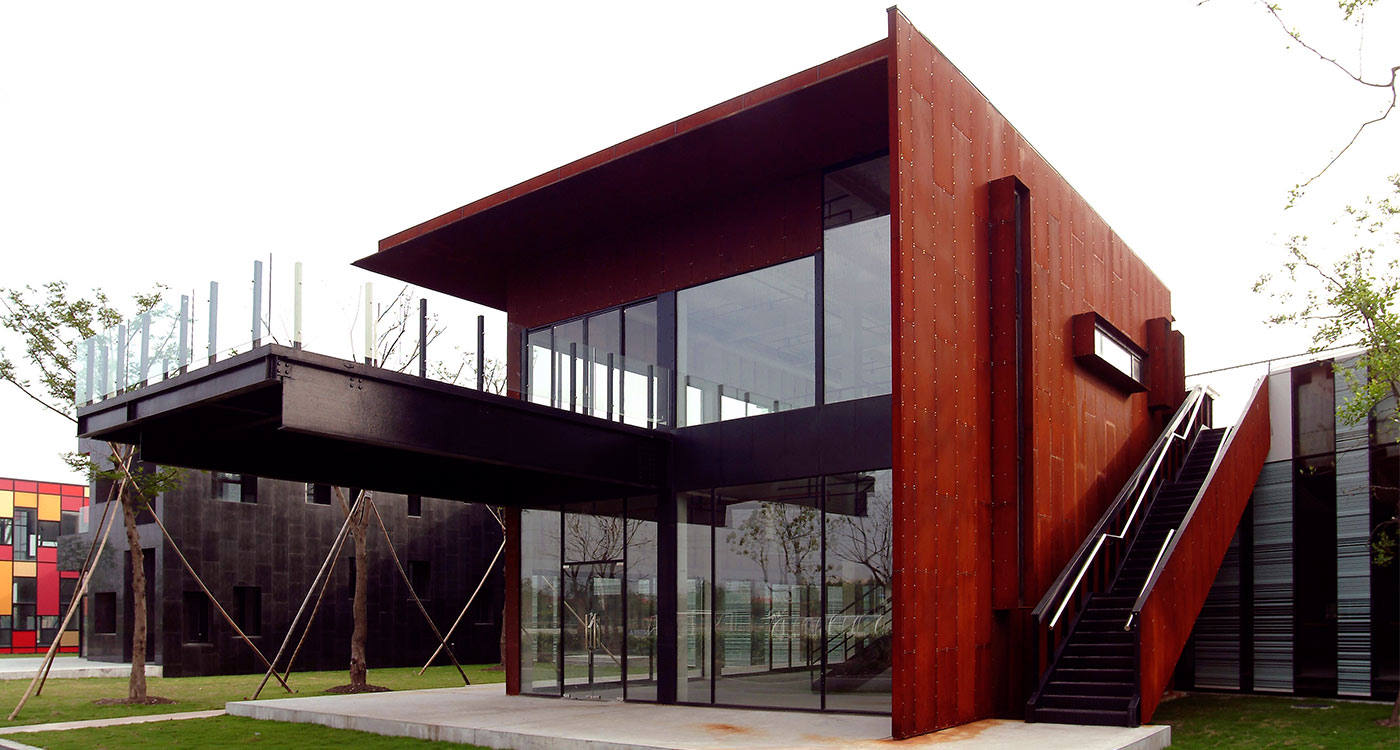
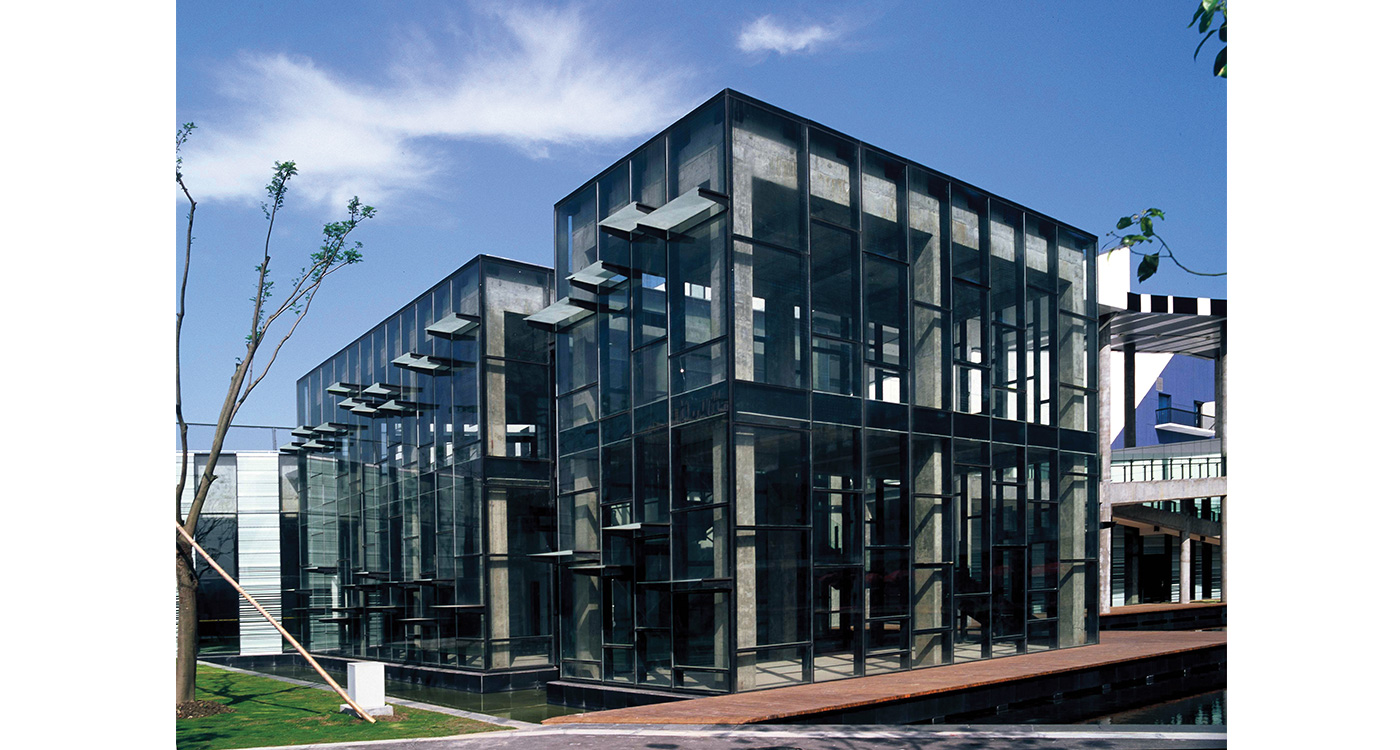


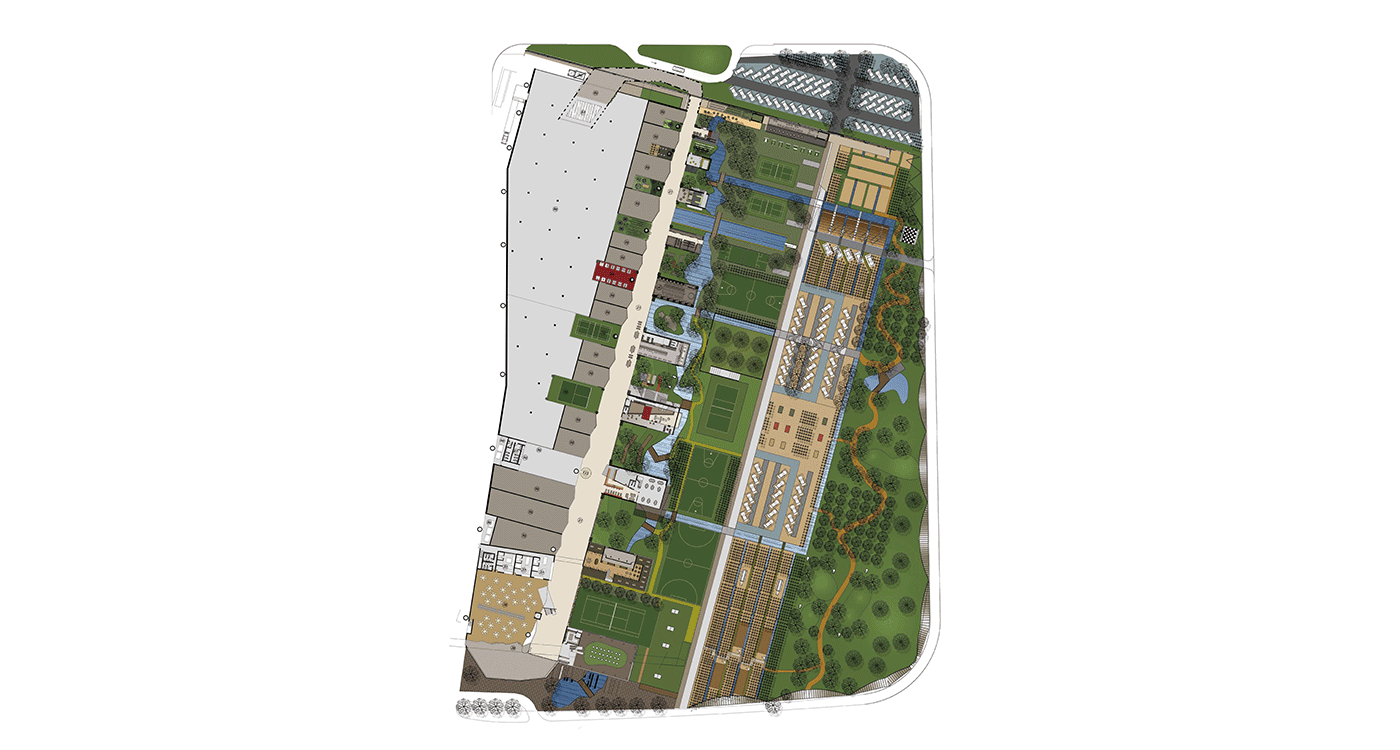















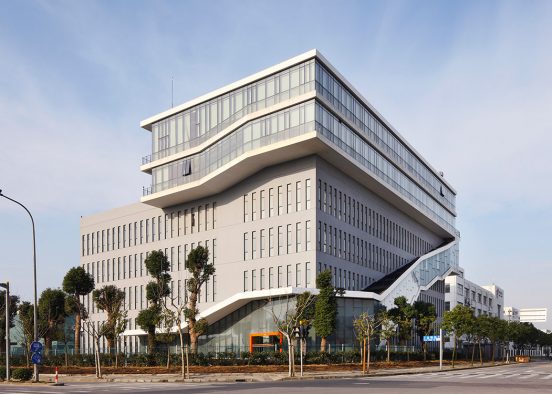

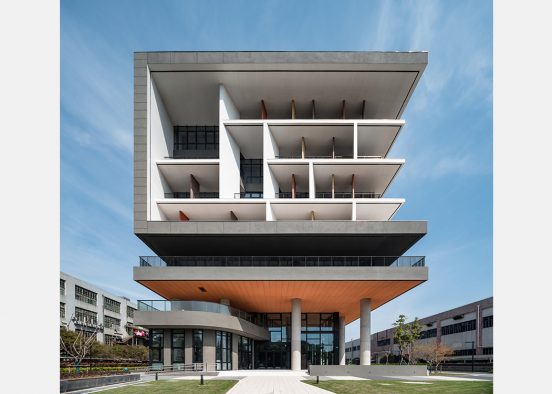



















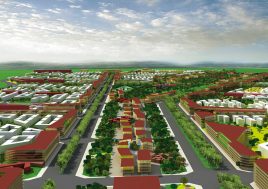
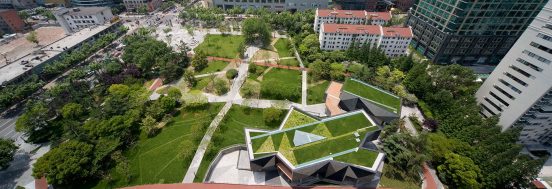




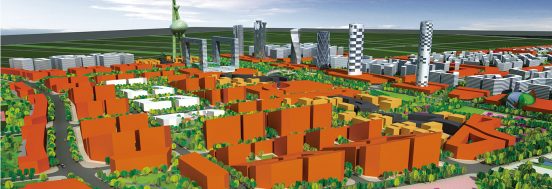







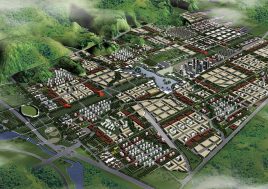


























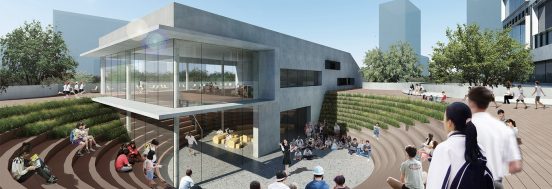














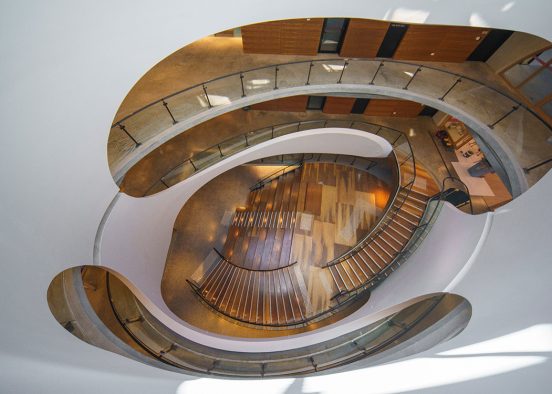










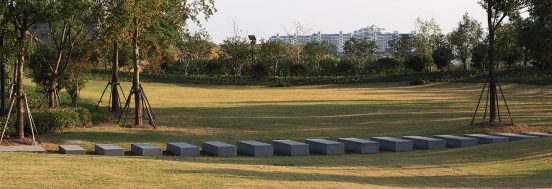
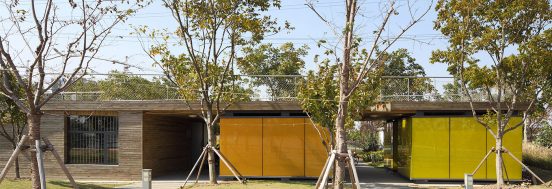


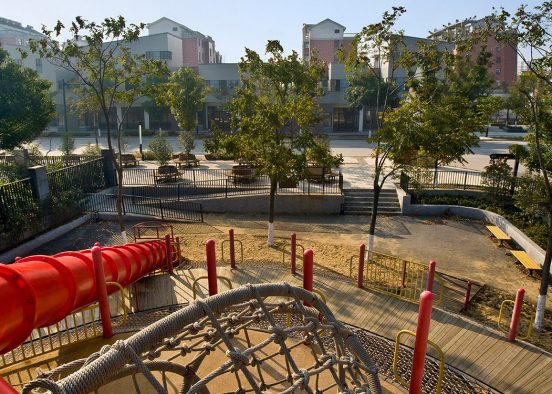












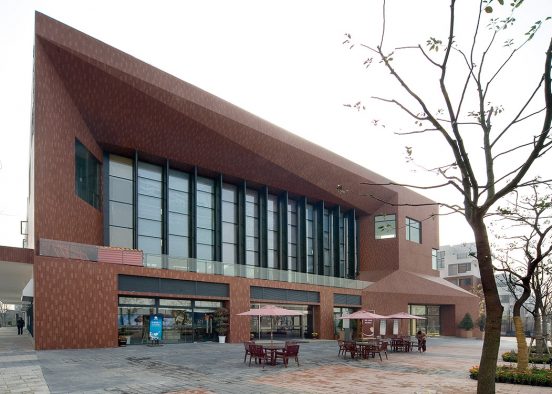
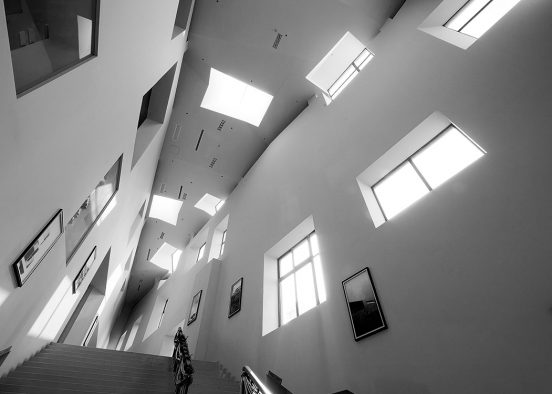
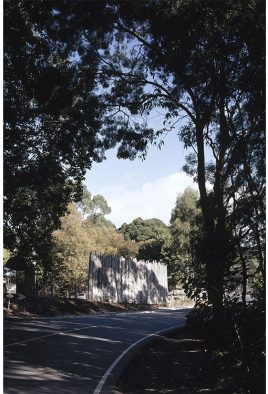
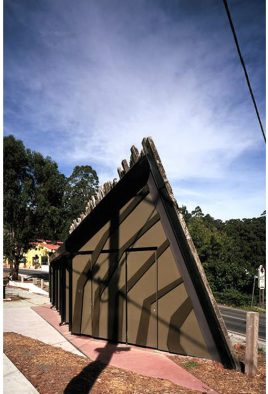









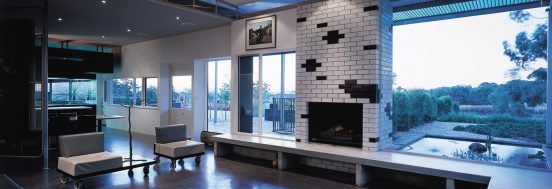







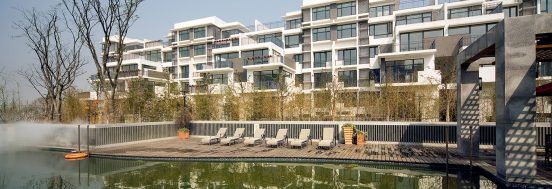






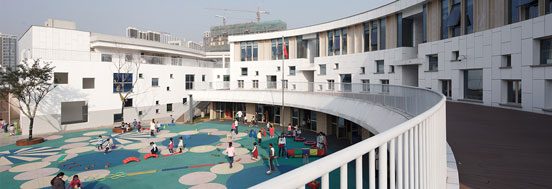
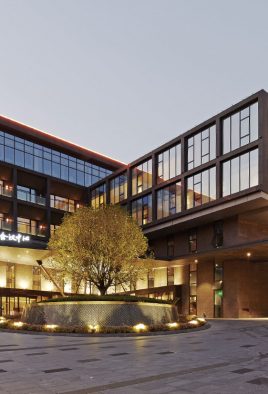



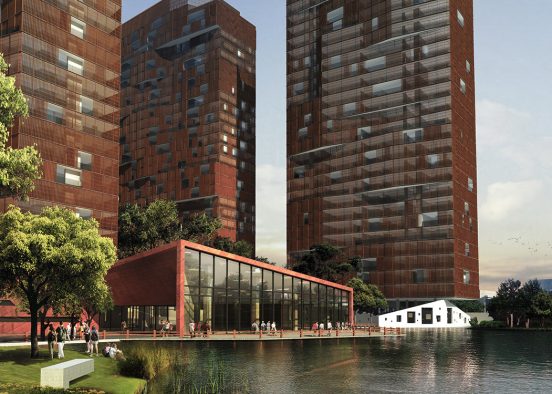





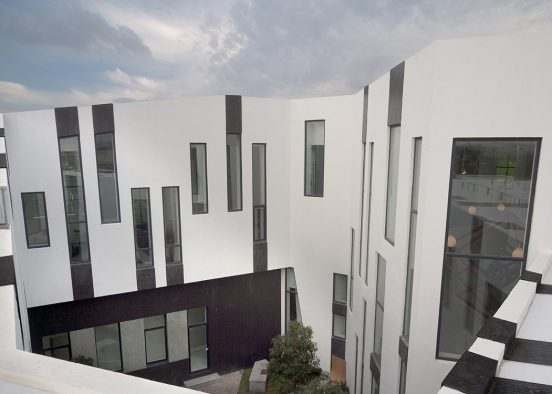








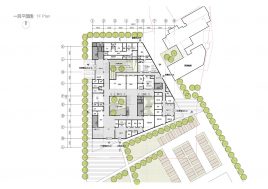


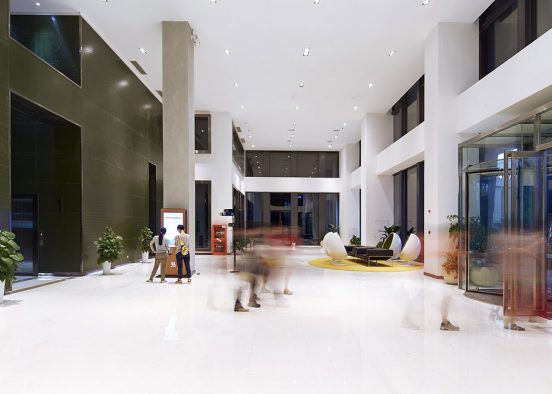







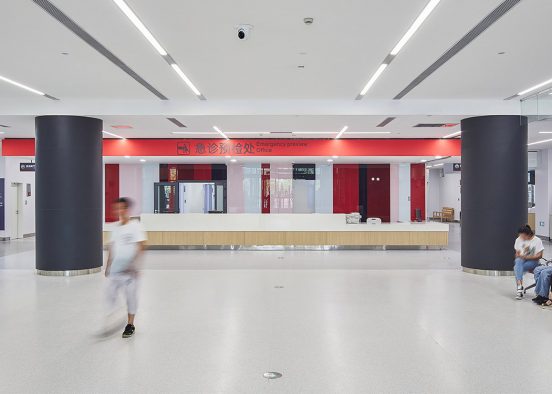



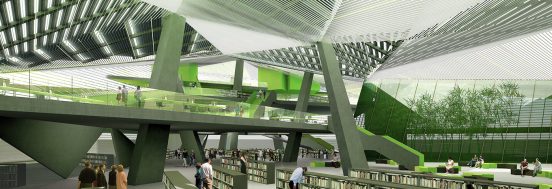



























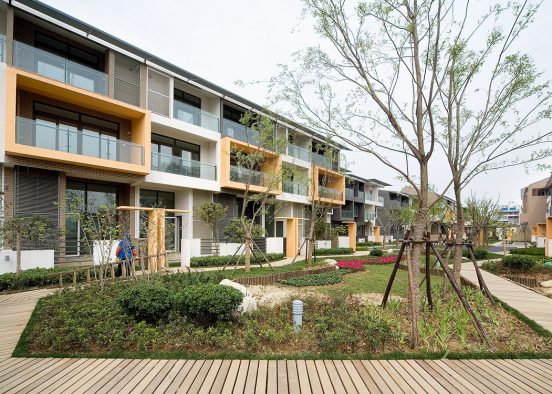
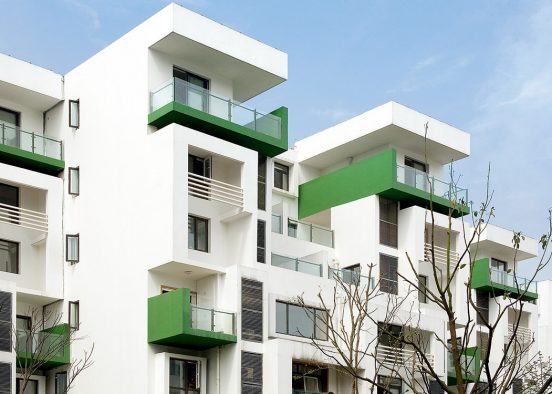









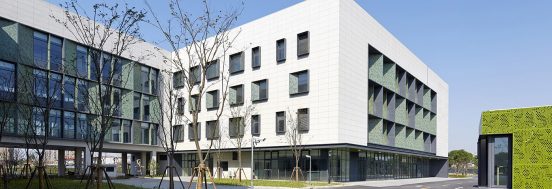






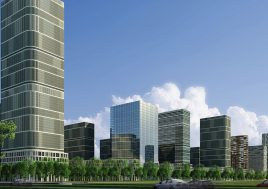



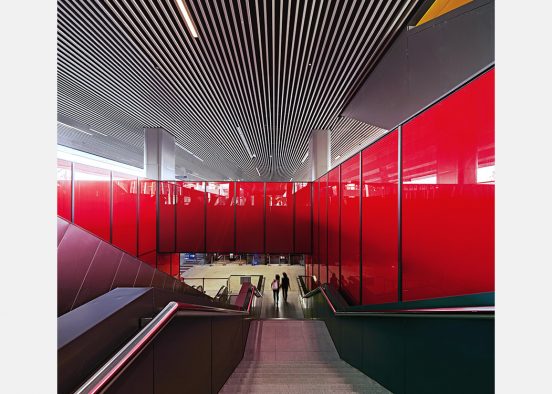


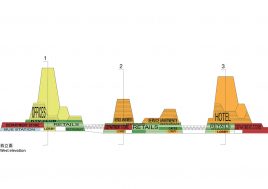







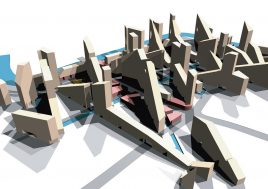












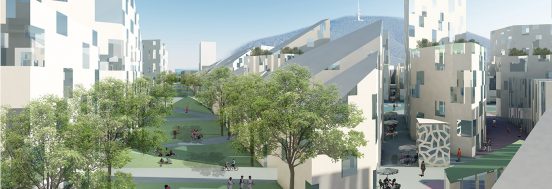






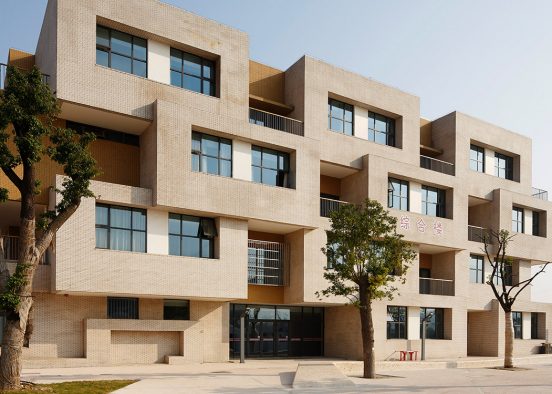








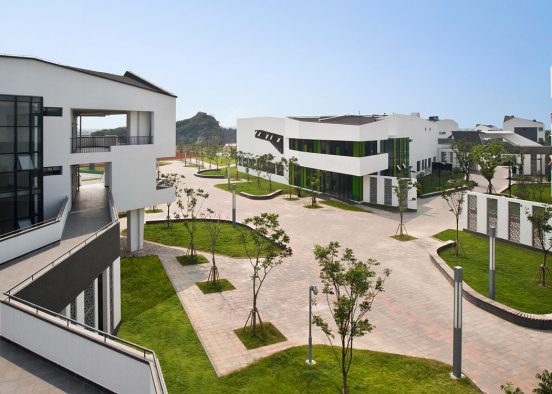




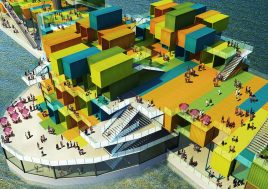














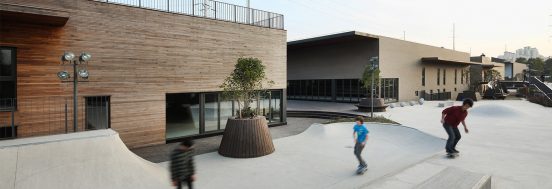




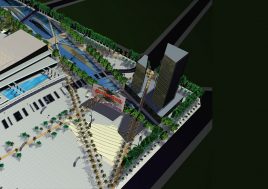

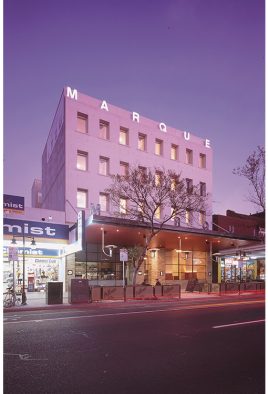













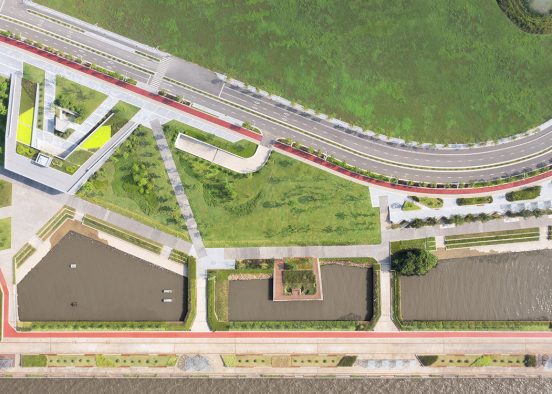





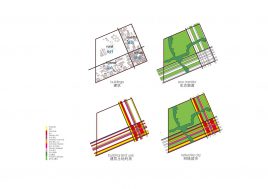






























 Back to projects
Back to projects
